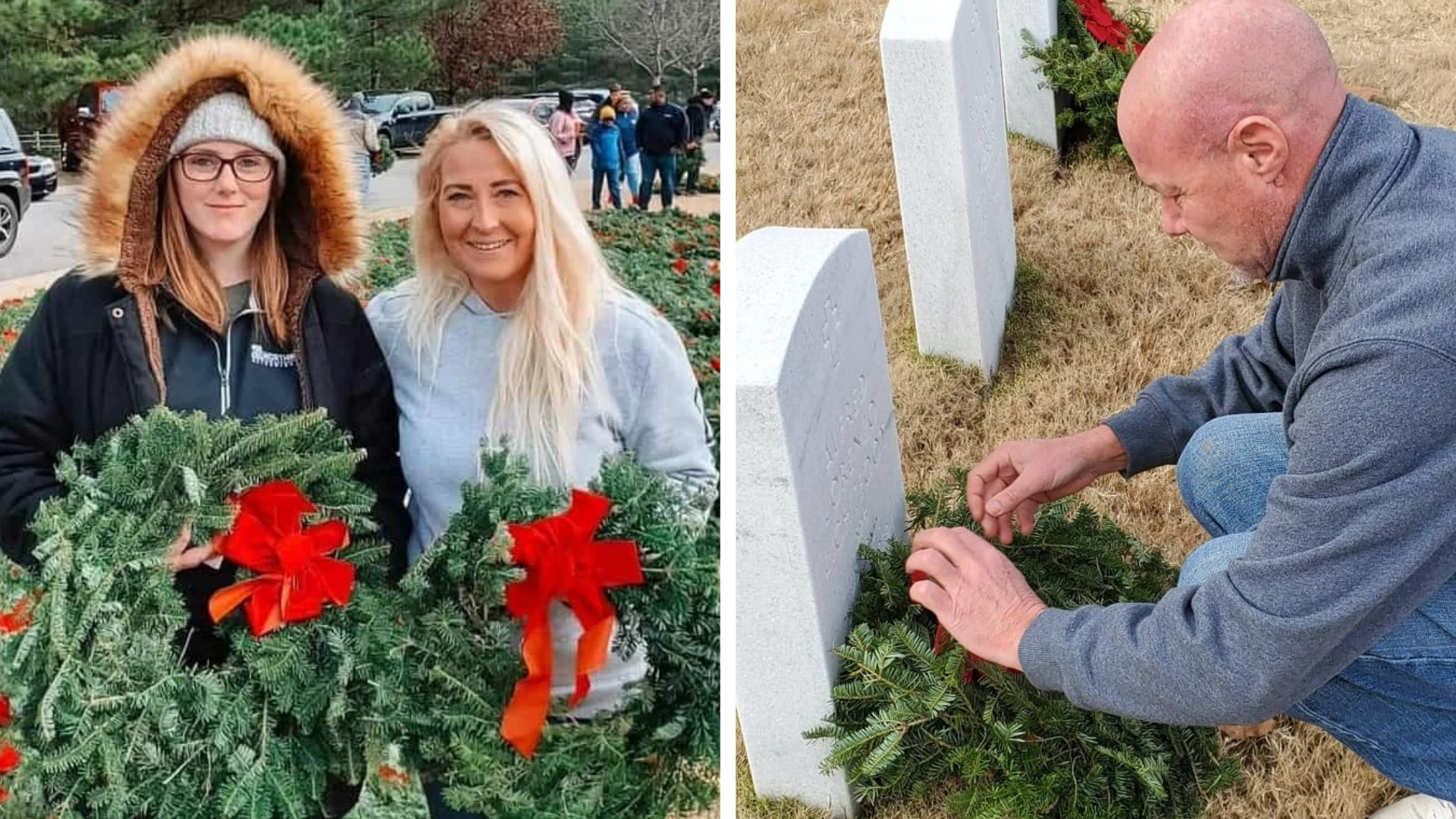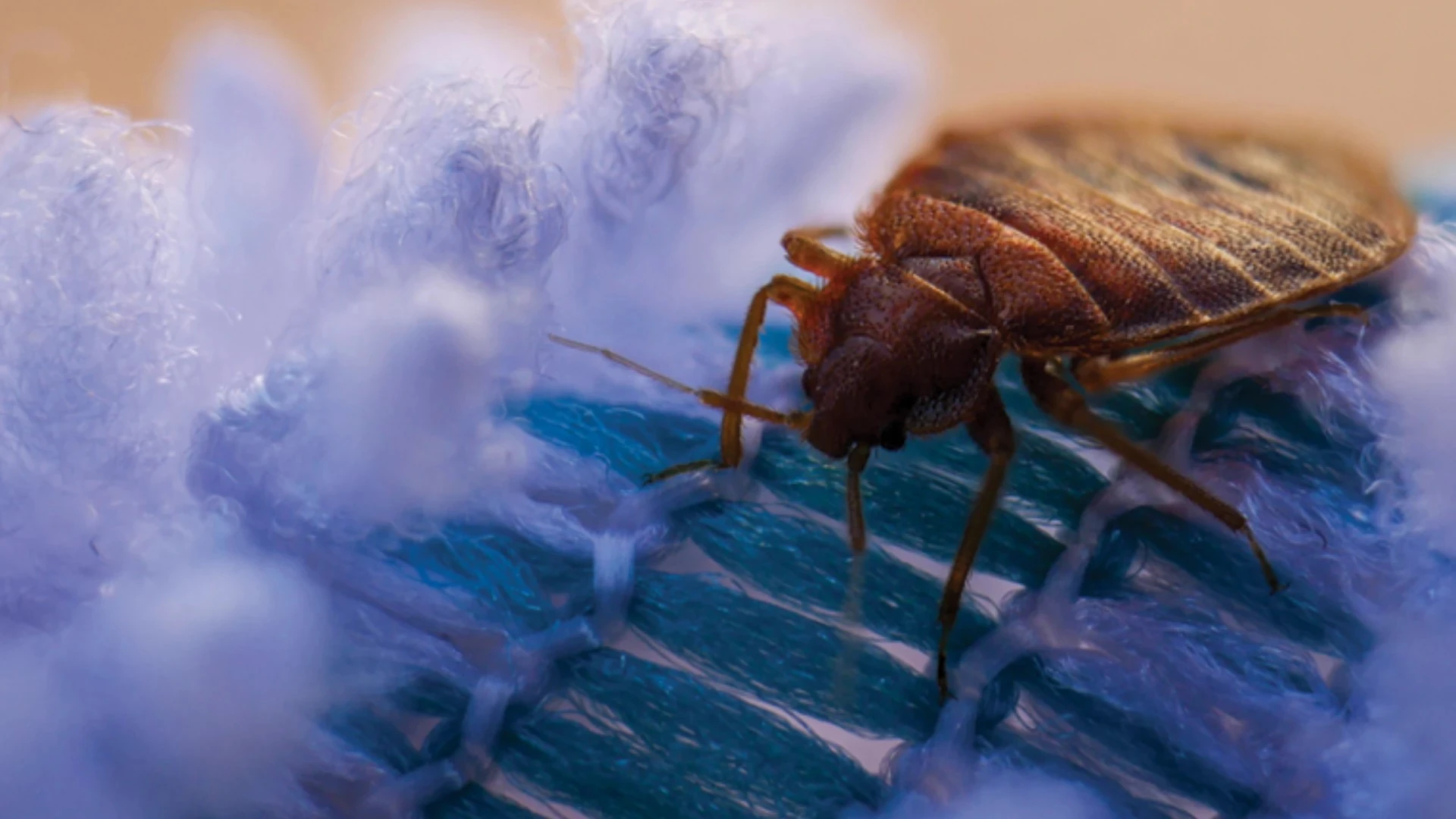Last fall, ASPCRO held a four-day training session for six members of EPA’s termiticide registration section staff.
The sessions were designed to better acquaint those who deal with termiticide registration with the termiticide testing process and issues faced by the pest management industry.
In September 2009, the Association of Structural Pest Control Regulatory Officials (ASPCRO) sponsored a training meeting for six members of the Environmental Protection Agency’s (EPA) termiticide registration section staff in New Orleans, La., and Gulfport, Miss. The meeting focused on soil termiticide testing, managing the Formosan termite in urban environments and borate preconstruction treatments.
The goal of the meeting was to help EPA officials who are making the decisions concerning termiticide registrations develop a better understanding of the unique aspects and challenges of termite control. Before a state can register a new product for use, EPA must first register the product, so a thorough understanding of efficacy testing and application is crucial to putting effective and safe products on the market.
A brief history. In 2004, ASPCRO’s Termiticide Standards Committee approached EPA about sponsoring a training program on the practical aspects of termite control for members of its termiticide registration section. The committee wanted to show EPA some of the challenges that PMPs face on a regular basis to help EPA make informed decisions that will benefit both PMPs and consumers. This first training session was held in the spring of 2005 in Atlanta. The main topics were termite biology, pesticide interaction with termites and application methods. "In Atlanta we were actually able to get the EPA folks under a crawlspace to let them see, if only for a short time, what PMPs experience on a daily basis" said Jim Harron of the GDA and ASPCRO’s Termiticide Standards Committee.
With the inaugural training a success, ASPCRO sponsored another session in 2007 in Ft. Lauderdale, Fla. This training focused on drywood termites and structural fumigation. "(The training was) extremely valuable for both state regulators and the EPA staff who had a chance to see how pest control works ‘on the ground,’" said FDACS’ Steve Dwinell, who also chairs ASPCRO’s Termiticide Standards Committee.
The next step. One of the goals of the Termiticide Standards Committee is to periodically meet with EPA’s termiticide registration section. These meetings maintain open lines of communication between ASPCRO and EPA. ASPCRO sought input from EPA on what future training should include. The response was clear — they wanted to see where and how termiticides were tested. ASPCRO developed the next training session in cooperation with the Louisiana Department of Agriculture and Forestry, Louisiana State University (LSU), New Orleans Mosquito & Termite Control Board, U.S. Forest Service (USFS), National Pest Management Association (NPMA) and others involved in the industry.
The importance of efficacy. One of the unique aspects of termiticide registration is the importance of the efficacy of the products. Since the 1930s, the USFS has been the primary agency for testing termiticide efficacy. The field training began at the Harrison Experimental Forest, also known as the Gulfport termiticide test site. The test site is located in southeastern Mississippi.
Dr. Terry Wagner of USFS’s Wood Products Insect Research Unit provided a history of the termiticide testing program and a tour of the termiticide test plots. During the tour, Wagner’s staff demonstrated test plot installations. Kable Davis with EPA said that he found it "useful for their efficacy reviewers to witness a demonstration of how termiticide trials are conducted at the Gulfport facility." A hands-on exercise followed the field tour where participants were given the task of rating actual damaged wood from test plots using the USFS rating standards. The amount of damage ultimately determines the efficacy rating of a termiticide.
Formosan Termites. Formosan termites are found primarily in the Southeast and Gulf Coast. While they’re a type of subterranean termite, they are much more aggressive and cause significantly more damage than native subterranean termites. New Orleans has been hit hard by this pest, both from an economic and historical perspective. EPA officials were able to see first-hand the many challenges of protecting the unique and historic structures in the French Quarter as well as hundreds of miles of levees and the many live oak trees in city parks.
The participants also were given a demonstration of a pre-construction wood-applied borate treatment. Officials were able to discuss regulatory challenges with these types of applications along with PMP challenges with making an efficacious and label-compliant treatment. Kimberly Nesci with EPA remarked that "the presentations and demonstrations are useful and interesting" and, as a result, they are "better informed to make regulatory decisions about termiticides."
Final discussion. The meeting also included termite management and research presentations from Dr. Brian Forschler of the University of Georgia and Dr. Gregg Henderson of LSU. Forschler presented his latest research on termite feeding and termite bait research. Forschler has attended all three of the ASPCRO field programs and said he "found each to be educational and informative." Henderson presented his research on the impact that the Formosan termites are having on the levee system that is used to protect the City of New Orleans.
Bob Rosenberg of NPMA concluded the meeting by moderating a discussion among state and federal regulators, researchers and local PMPs on the following issues:
The possibility of registering products with less than five years of efficacy
Concerns about the registration of generic termiticides
EPA’s proposed timeline for revising the current efficacy testing guidelines
Concerns about termiticides, registration and testing from PMPs
Benefits of Training. EPA’s registration officials have many guidelines and tools available to assist them in making informed registration decisions. However, ASPCRO believes that seeing and experiencing, first-hand, actual field situations and conditions help in the termiticide registration process. These sessions also foster greater communication and understanding between the states and EPA. ASPCRO also says the association can serve as a resource to EPA when questions and concerns arise.
ASPCRO President Bonnie Rabe said that it is important for ASPCRO to provide the opportunity to EPA registration section staff to discuss and experience firsthand the "real world" results of their actions and decisions from the perspectives of members of the pest management community as well as state regulators. "These issues affect everyone involved in termite management and these ASPCRO-sponsored programs challenge folks to ‘walk a few miles in someone else’s shoes,’" she said.
The author is a compliance manager for the Georgia Department of Agriculture’s Structural Pest Control Section and vice president of ASPCRO. E-mail him at dlastinger@giemedia.com.

Explore the February 2010 Issue
Check out more from this issue and find your next story to read.
Latest from Pest Control Technology
- Rentokil Terminix Expanded in Key Markets with 2024 Acquisitions
- In Memoriam: Joe Cavender
- Certus Acquires Green Wave Pest Solutions
- Liphatech Adds Alex Blahnik to Technical Team
- Do the Right Sting: Stinging Insect Identification, Management, and Safety
- VAGA's 8th Annual Veterans Thanksgiving Appreciation Dinner
- Clark's Blair Smith on the Response to Increased Dengue Fever Cases in Southern California
- WSDA, USDA Announce Eradication of Northern Giant Hornet from U.S.





